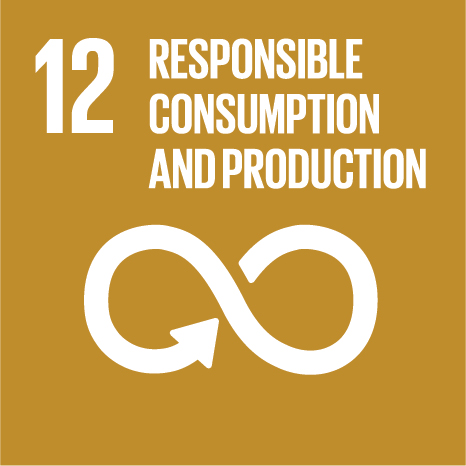Too much? The effect of colour saturation and food perception and preference
Event Title
3rd Cook & Health Conference
Year (definitive publication)
2019
Language
English
Country
Portugal
More Information
Web of Science®
This publication is not indexed in Web of Science®
Scopus
This publication is not indexed in Scopus
Google Scholar
This publication is not indexed in Google Scholar
This publication is not indexed in Overton
Abstract
We are often contacting with chromatic stimuli, either by the objects we see or by everything that nature has been busy painting, such as food. Our first contact with food is through vision, therefore, it makes colour an important indicator for food assessment and selection. This research aimed to study how a specific colour attribute – the saturation – of vegetables/fruits and animal food products, both natural and confectioned, has an influence on their likeability for the products. For this, 32 images of edible and inedible products were taken from the Food-Pics database, of the subset already validated for the Portuguese population. For each image a high and low saturation version was created. Both versions of the 32 images were randomly presented to 48 participants who reported their likeability for the products’ shown. The results reported that colour saturation of foods, but not of objects, significantly affects their likeability for the products. A greater likeability is found for both vegetable/fruit and animal foods that present a higher level of colour saturation, irrespectively of being natural or confectioned products. These findings have major implications for the promotion of healthy and environmentally-friendly food consumption. This can be accomplished by promoting the use of more saturated colours in the communication of organic fruits and vegetables, whereas, in contrast, animal products should be presented with low colour saturation. With this, we can thrive for consumer responsibility and a more sustainable food consumption, by encouraging healthier eating habits and behaviours supporting a more sustainable food production system.
Acknowledgements
--
Keywords
Colour saturation,Food likeability,Healthy eating
Fields of Science and Technology Classification
- Psychology - Social Sciences
Contributions to the Sustainable Development Goals of the United Nations
With the objective to increase the research activity directed towards the achievement of the United Nations 2030 Sustainable Development Goals, the possibility of associating scientific publications with the Sustainable Development Goals is now available in Ciência_Iscte. These are the Sustainable Development Goals identified by the author(s) for this publication. For more detailed information on the Sustainable Development Goals, click here.

 Português
Português


